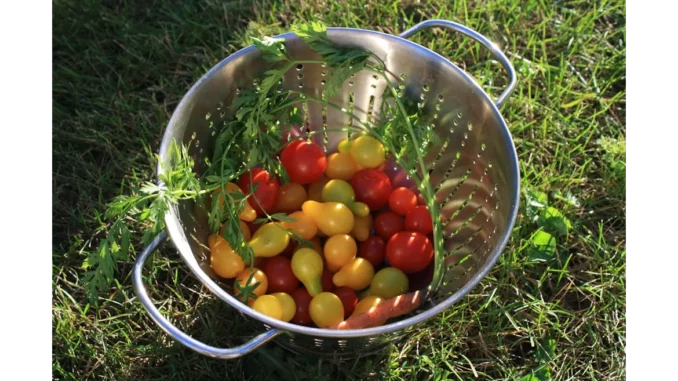
Cultivating Elegance: Crafting a Dream Kitchen Garden
Gardening transcends mere hobby; it serves as a profound connection to nature, a nurturing endeavour, and a sanctuary that mirrors your unique personality and lifestyle. Linda Vater’s book, “The Elegant and Edible Garden,” masterfully encapsulates this concept, transforming gardening into an elevated art form. This article explores the philosophy and practical steps to designing an exquisite and fruitful kitchen garden that delights both the eye and the palate.
The Essence of a Potager Garden
A potager garden, derived from the French term for a kitchen garden, is a harmonious fusion of ornamental plants and edible crops. Unlike conventional vegetable gardens that prioritise utility over aesthetics, a potager garden is meticulously designed to be visually captivating while yielding a bounty of fruits, vegetables, and herbs. The structure of a potager is typically formal, often featuring symmetrical layouts and well-defined borders, yet it retains the flexibility to reflect individual tastes and practical needs.
Designing Your Dream Garden
-
Commence with a Vision: Before embarking on the physical creation, take time to sketch a comprehensive plan. Contemplate the layout, the variety of plants you wish to cultivate, and their interactions. Linda Vater underscores the significance of starting from scratch, revising plans, and learning from missteps. This iterative process is essential in crafting a garden that evolves alongside your experience and changing needs.
-
Symmetry and Structure: A defining characteristic of a potager garden is its structured layout. Symmetry not only engenders visual harmony but also facilitates navigation and maintenance. Utilise pathways, raised beds, and garden ornaments to delineate spaces and create focal points. For instance, Vater’s garden employs the rule of three, texture, and pattern to create a rhythm that guides the eye and enhances the overall aesthetic.
-
Integrate Ornamental and Edible Plants: The allure of a potager garden lies in its seamless blend of ornamental and edible plants. Flowers, fruits, vegetables, and herbs coexist, forming a tapestry of colours, textures, and scents. This not only enhances visual appeal but also promotes biodiversity, attracting pollinators and beneficial insects.
-
Seasonality and Succession Planting: A well-designed kitchen garden should offer year-round interest and yield. Plan for seasonality by selecting plants that thrive in different seasons and employ succession planting techniques to ensure continuous harvests. For example, early spring might showcase the blooming of tulips and the growth of leafy greens, while summer brings an abundance of tomatoes, peppers, and sunflowers.
-
Stewardship and Sustainability: Vater’s book highlights the importance of responsible gardening practices. This includes organic gardening methods, efficient water usage, and pest management strategies that minimise environmental harm. As stewards of our gardens, we bear the responsibility to nurture the soil, conserve resources, and create habitats for wildlife.
Personalising Your Garden
Your garden should be an extension of your personality and lifestyle. Whether you favour a whimsical, fairy-tale ambiance or a sleek, modern design, there are myriad ways to infuse your garden with personal touches. Utilise garden ornaments, unique plant selections, and innovative layouts to make the space distinctly yours. Vater’s garden, for instance, is imbued with her mindful signature touches, incorporating secrets and surprises that enchant visitors and make the garden a true reflection of her home.
Gardening as Therapy
Gardening is not solely about the final product; it’s about the journey. The act of planting, nurturing, and harvesting is inherently therapeutic, instilling patience, resilience, and an appreciation for nature’s wonders. Every day in the garden brings new discoveries and a sense of fulfilment that is unparalleled. As Vater reminds us, gardening is a continuous learning process that enriches our lives in countless ways.
Linda Vater’s “The Elegant and Edible Garden” is a treasure trove of inspiration and practical advice for anyone aspiring to create a kitchen garden that is both beautiful and productive. Whether a seasoned gardener or a novice, the principles of potager gardening provide a framework to design a space that nourishes both body and soul. So, roll up your sleeves, grab your gardening tools, and embark on the rewarding journey of crafting your dream garden.


Be the first to comment